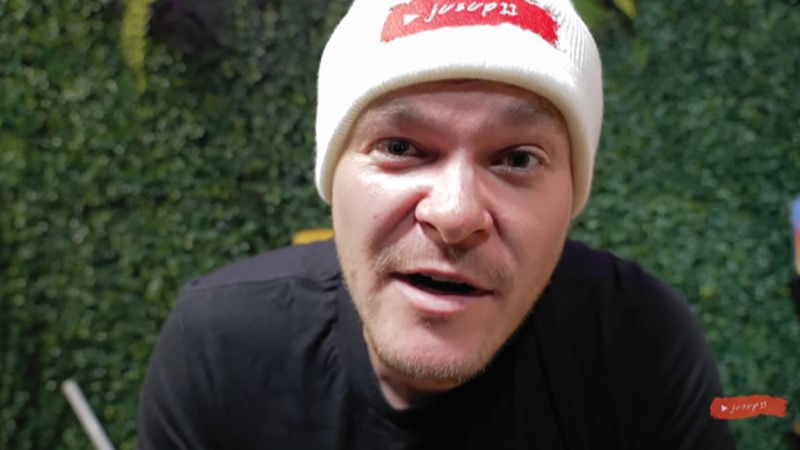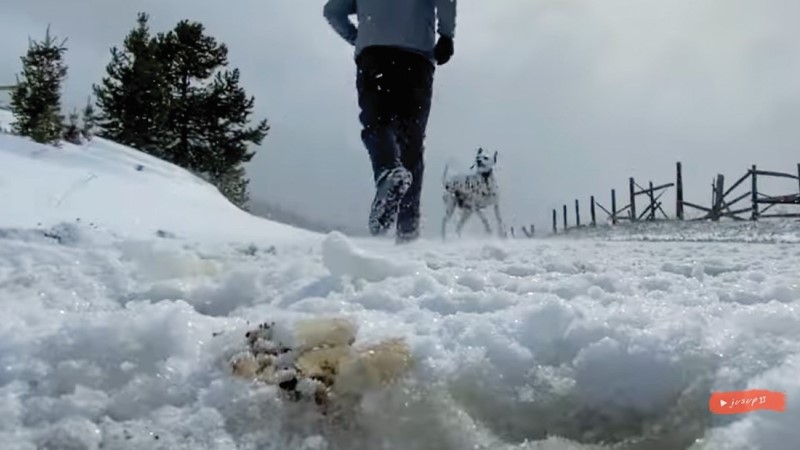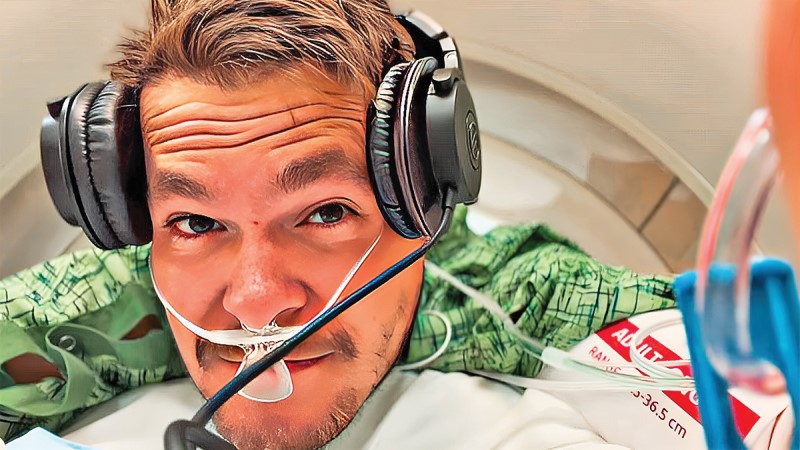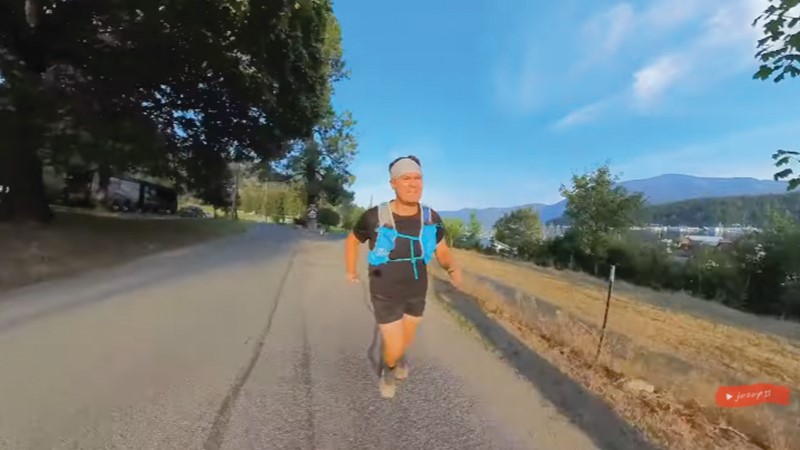Menu
By Jeannie Counce

Serious infections can sideline the best of plans. That’s what happened to Jusup, a Montana-based YouTuber with the ambitious goal of running a 100- mile race through the Salmon River mountains of Idaho. “I had never even raced in a 5K,” he recalls, “but, I was progressing in my goal of running at least 2 miles every day for a year and thought it would be a good test.”
Jusup had been training hard, running up to 85 miles a week, but was also experiencing severe back pain, which landed him the ED several times. Just 5 days before the race, ED doctors in Idaho scanned his lower spine, saw no fracture, and cleared him for the race, assuming the source of the pain was a training injury. “As soon as I started the race, my back began to spasm,” he recalls. “I made it 30.5 miles over 8,000 feet of elevation, but there was no way I could finish.”


After about a month—and several more trips to the ED for scans, biopsies, and bloodwork—Jusup received a call from his local hospital in Montana. He needed immediate care. “An infectious disease doctor told me I had discitis vertebral osteomyelitis and put me in a back brace and on bed rest to keep the infection from weakening my bones. He also prescribed 6 weeks of IV antibiotics and referred me to home infusion for care.”
The hospital inserted a peripherally inserted central catheter (PICC) and his local home infusion provider taught him about his treatment regimen and line care. From there he self-administered daily infusions using an elastomeric device and had weekly dressing changes and blood draws at his infusion provider’s center.

“The training was a lot to absorb because I was very afraid to mess up the procedures knowing the consequences could be high,” he says. “The scariest part was the PICC line hanging from my arm. I had a lot of anxiety taking a shower at first—it’s such a new thing. I felt vulnerable knowing that tube went straight to my heart.” Jusup says the provider was very supportive and he soon got the hang of it, set alarms on his phone, and figured out how to get comfortable. “Eventually as I got better, I could start the therapy and do other things.”
The home infusion pharmacist and ID physician consulted a lot at the beginning, he recalls. “They couldn’t get a culture to grow so they weren’t really sure how best to treat the infection,” explains Jusup. “They had to do some best guessing and watch my C reactive protein (CRP) numbers to make sure the therapy was effective.” The clinicians also made an adjustment to the infusion volume and rate. In the beginning, Jusup experienced headaches and extreme lethargy immediately after initiating drug administration, so the pharmacy added more saline to the compounded sterile preparation, increasing the infusion time.
“I’m glad I didn’t have to go to the provider every day for treatment,” adds Jusup, who lives in the mountains and was on therapy between September and November 2022. “That would have meant more than 30 minutes each way in treacherous road conditions,” he says, noting that his road is only passable with 4-wheel drive, which required him to meet the delivery driver half-way to receive his medication and supplies. “Not to mention, I was not feeling very well, and the medication made me tired. Not the best conditions for driving icy mountain roads.”
“As scary as it might have seemed at first, it was worth doing self-administration at home. I built confidence over time, and I was much more comfortable,” he recalls. “As my condition improved, I was able to resume normal activities and just integrate the administration into my routine. Going somewhere everyday would have been much more disruptive and traumatic. Home infusion makes a lot of sense.”
Jusup took oral anti-infectives for 2 weeks following his IV therapy and recovered enough to finish his first 100-mile race in February 2023. “Having the goal of the 100-miler helped me push through, gave me purpose,” he says, noting it would have been easy to binge on TV and other things. “My biggest advice in general is to dream big—set a goal that scares you.”


You can follow Jusup’s adventures, including his home IV therapy, on YouTube at www.youtube.com/@3rdmostwatched
Jeannie Counce is the editorial director of NHIA. You can reach her at Jeannie.Counce@nhia.org
| Cookie | Duration | Description |
|---|---|---|
| cookielawinfo-checbox-analytics | 11 months | This cookie is set by GDPR Cookie Consent plugin. The cookie is used to store the user consent for the cookies in the category "Analytics". |
| cookielawinfo-checbox-functional | 11 months | The cookie is set by GDPR cookie consent to record the user consent for the cookies in the category "Functional". |
| cookielawinfo-checbox-others | 11 months | This cookie is set by GDPR Cookie Consent plugin. The cookie is used to store the user consent for the cookies in the category "Other. |
| cookielawinfo-checkbox-necessary | 11 months | This cookie is set by GDPR Cookie Consent plugin. The cookies is used to store the user consent for the cookies in the category "Necessary". |
| cookielawinfo-checkbox-performance | 11 months | This cookie is set by GDPR Cookie Consent plugin. The cookie is used to store the user consent for the cookies in the category "Performance". |
| viewed_cookie_policy | 11 months | The cookie is set by the GDPR Cookie Consent plugin and is used to store whether or not user has consented to the use of cookies. It does not store any personal data. |